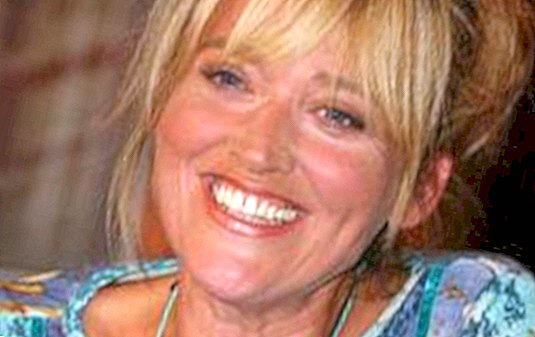Stroke - and everything is different


She is back: three years after her stroke Gaby Köster returns to the media. The 49-year-old cabaret artist and actress ("7 Days, 7 Heads", "Rita's World") was surprisingly disappeared from the public in 2008. Only later was the reason known: Köster had suffered a severe stroke that paralyzed her left side of the body.
She wrote a book about her experiences, which appears on Friday: "A cold would have been enough - my second chance". She describes how her life has changed as a result of the stroke. What you need to know about the topic of stroke.
What happens with a stroke?
In a stroke, the blood circulation of the brain is disturbed, for example because a clot blocks a blood vessel and so parts of the brain are no longer supplied with oxygen and brain cells die.
Stroke - who is affected?
Around 200,000 people a year receive a stroke diagnosis in Germany. Often people over 70 are affected, but about 15 percent of stroke patients are younger than 55 - like Gaby Köster.
At risk is anyone who suffers from high blood pressure or diabetes, is overweight or has high cholesterol. Smoking and the pill also increase the risk of stroke.
How dangerous is a stroke?
Stroke is the second most common cause of death worldwide (behind cardiovascular disease such as heart attack). Two thirds of patients in Germany survive the first year after the stroke. But many suffer forever from the consequences of the disease and need help.
How do I recognize a stroke?
That depends on which part of the brain is affected by the stroke: some affected persons can no longer speak, others have hemiplegic paralysis or visual disturbances. A stroke can also be expressed quite differently, such as headache, dizziness or confusion.
Fatal: In women, a stroke is often not recognized fast enough, because they show less clear symptoms. Women, unlike men, often suffer from nausea and vomiting, body aches, or respiratory distress.
Often a stroke announces itself: The typical symptoms for stroke occur, but disappear again after a short time. These warning signs should be taken seriously and immediately call the ambulance.
A stroke can be detected by computed tomography (CT) or magnetic resonance imaging (MRI).
What to do in case of a stroke?
A stroke is a medical emergency in which every minute counts. If a stroke is suspected, call the ambulance (112). On a special stroke station, the so-called stroke unit, one can help those affected best.
Where can I get more information?
At the Foundation German Stroke Help at www.schlaganfall-hilfe.de










